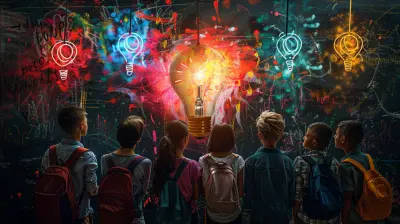Collaborative Projects: Making Learning Engaging and Meaningful
25 September 2025
Let’s be honest for a minute—traditional learning methods can sometimes feel like watching paint dry, right? Lectures, note-taking, tests, rinse, and repeat. It’s not exactly the kind of thing that sparks excitement in most learners’ hearts. But guess what? There’s a rising star in the education world that’s changing the game: collaborative projects.
These aren’t just group assignments dressed in a new outfit. Collaborative projects are immersive, dynamic, and—dare I say—fun! They encourage students to work together, think critically, solve real-world problems, and actually enjoy the learning journey.
So, let’s dive deep and take a look at why collaborative projects are becoming the secret sauce to meaningful learning. Buckle in—this is going to be good.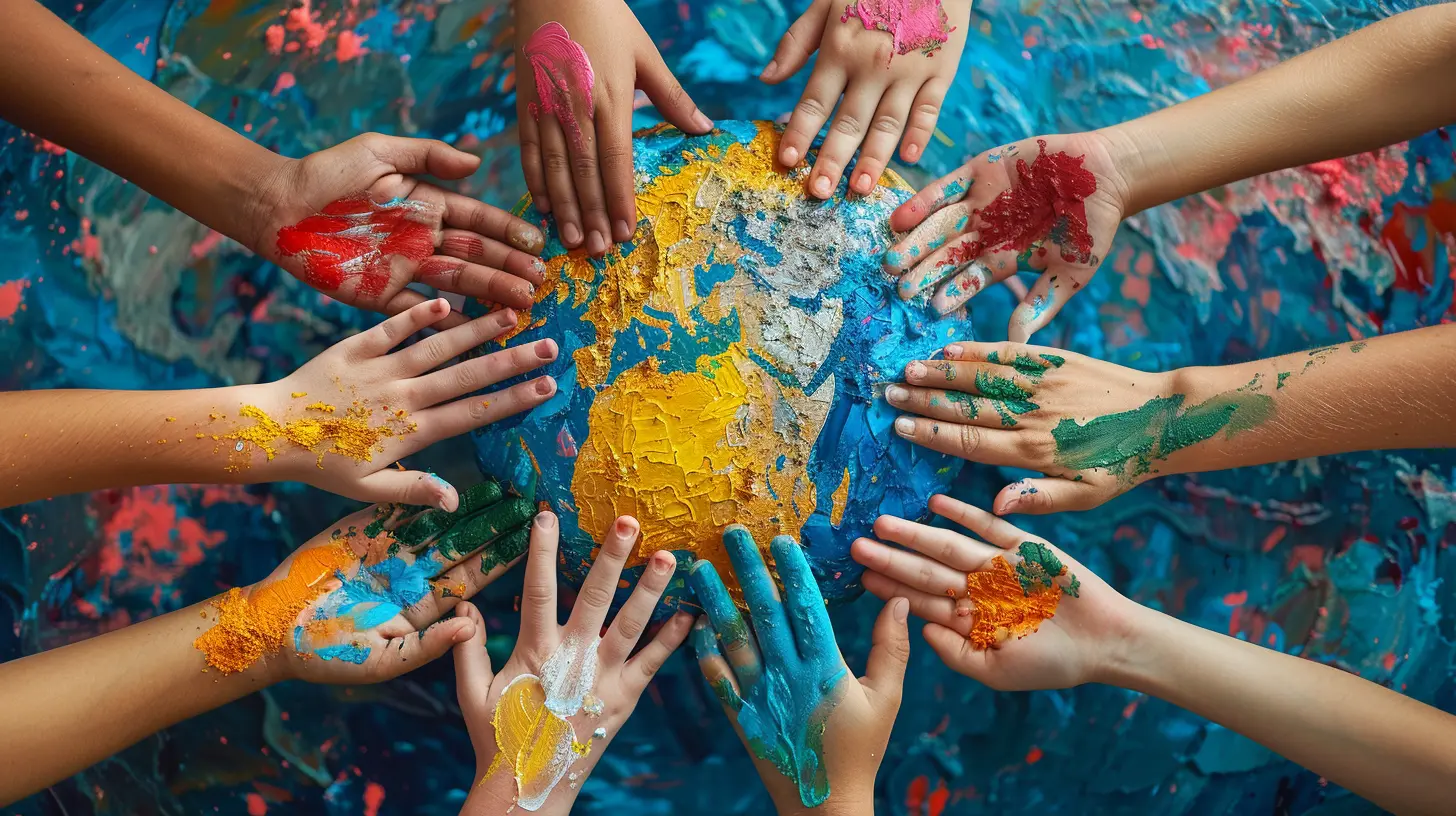
What Are Collaborative Projects, Anyway?
Think of collaborative projects as educational team adventures. Instead of working solo on a worksheet, students join forces to tackle a common goal. It could be creating a business plan, investigating environmental issues, building a robot, or putting on a play.These projects blend individual skills with group synergy. One student might be the creative brain, another the tech wizard, someone else the organized leader. Everyone brings something to the table—and that’s exactly the point.
It’s education with a social twist, and it mimics the kind of teamwork real life demands.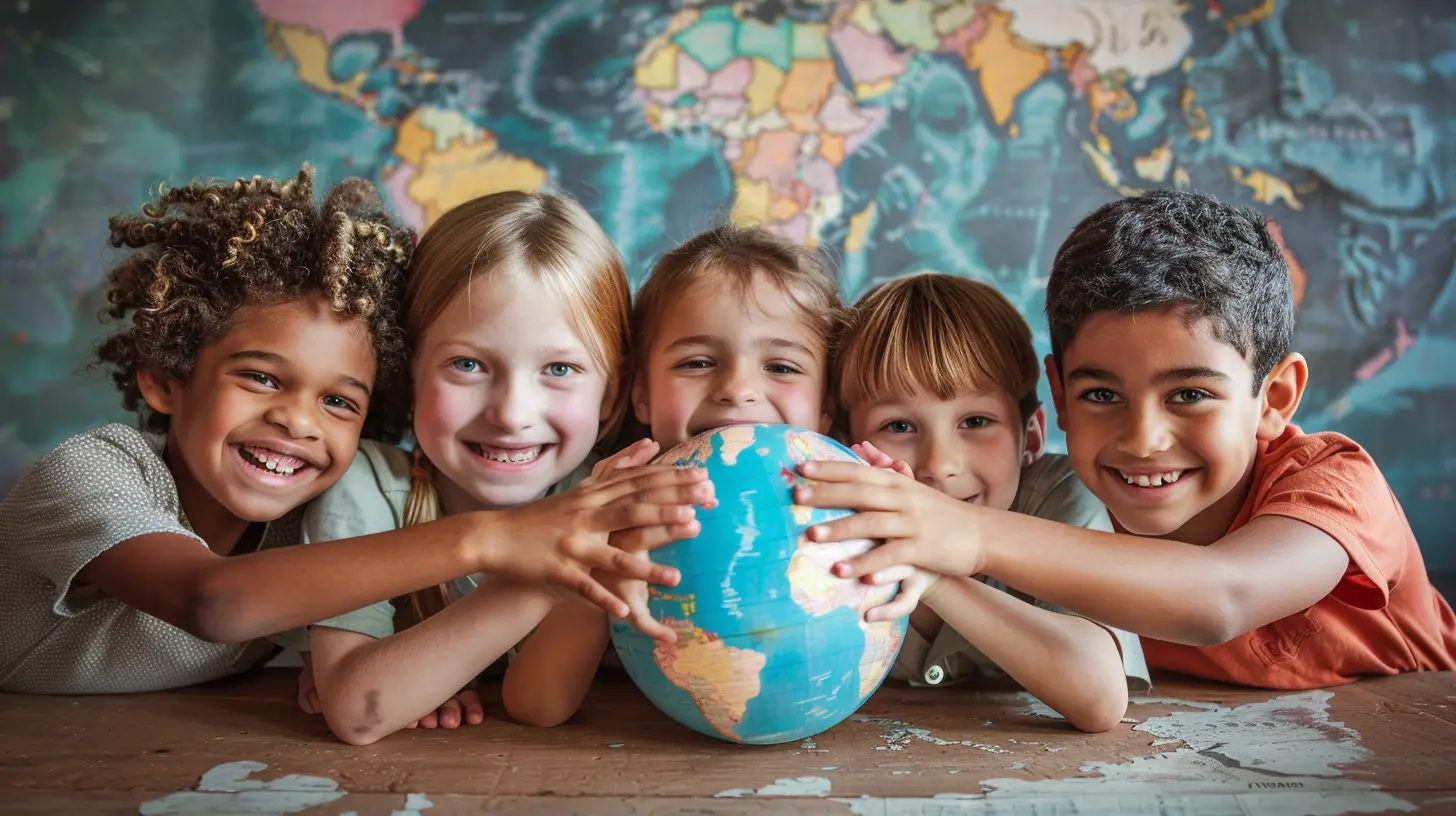
Why Collaborative Learning Packs a Serious Punch
If you’ve ever been part of a team that just “clicked,” you’ll know how powerful collaboration can be. In the classroom, it works the same magic. Here’s why.1. Makes Learning Real and Relevant
Let’s face it—memorizing facts for a test doesn’t always stick. But when students apply what they’ve learned to real-world scenarios, it suddenly becomes meaningful.Picture this: A science class works together to figure out how to purify water in an emergency. That’s not just textbook learning—it’s solving a problem that matters. That relevance lights a fire under students and helps knowledge stick.
2. Builds Soft Skills That Last a Lifetime
Sure, academic knowledge is important. But ask any employer what they’re truly looking for, and you’ll hear terms like “teamwork,” “communication,” and “problem-solving.”Collaborative projects are the perfect practice ground for these soft skills. Students have to listen, speak up, give feedback, deal with conflict, organize tasks, and meet deadlines—all valuable life and career skills.
3. Encourages Active Participation
You know those students who usually sit in the back, quietly counting down the minutes? Collaborative projects can pull them in.Because these tasks involve peer interaction and purpose-driven tasks, students naturally get more involved. There’s a sense of responsibility and ownership. No more hiding in the shadows.
4. Boosts Confidence and Empowers Learners
When students see how their unique skills contribute to a team’s success, it boosts their self-esteem. They realize they have something valuable to offer.In this way, collaborative projects aren’t just educational tools—they're confidence machines.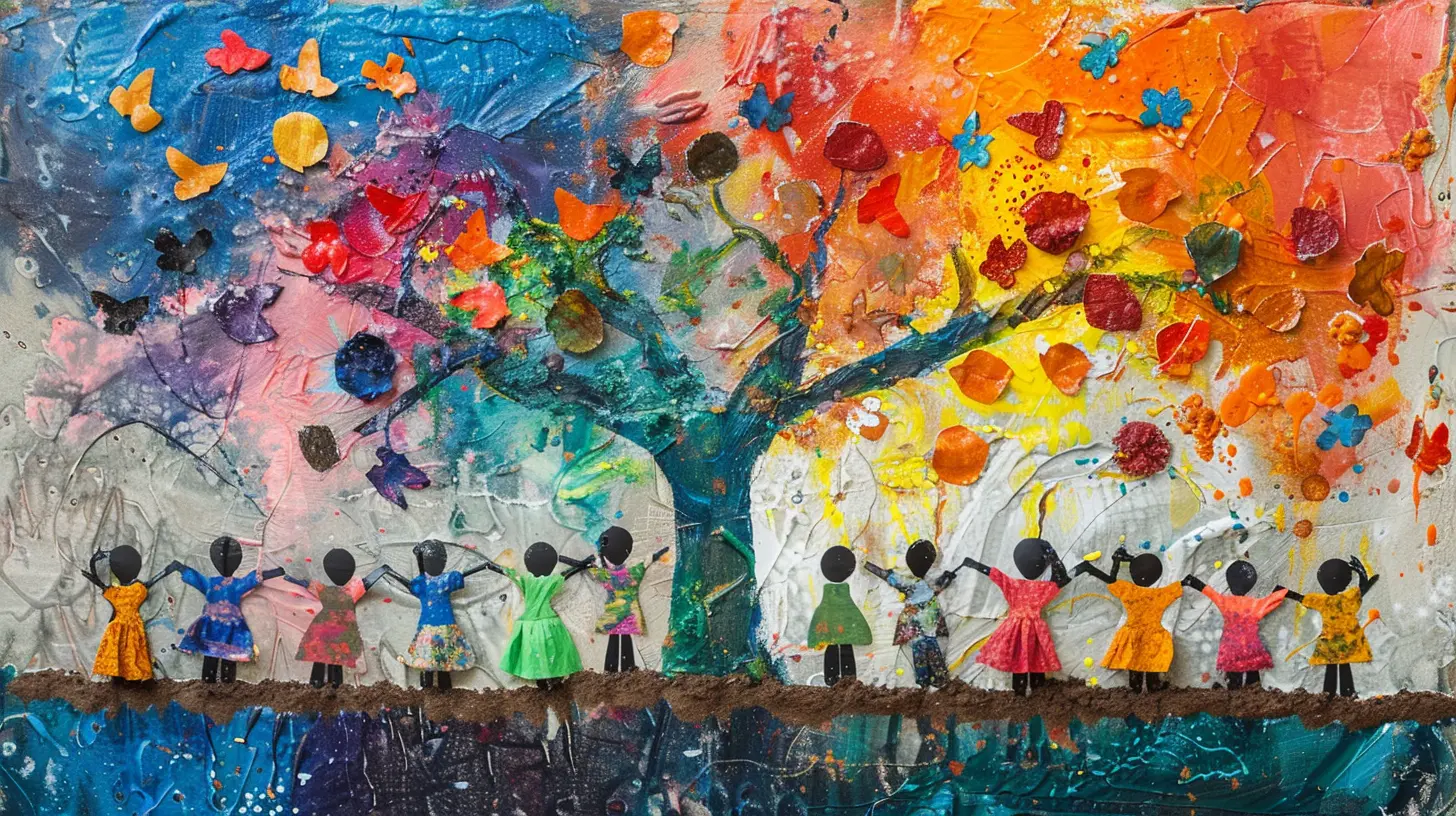
What Makes a Collaborative Project Successful?
Not all group work is created equal. We've all experienced those dreaded group assignments where one person does all the work while everyone else just rides along. Yikes.So what separates a powerful collaborative project from a painful one? Let’s break it down.
1. Clear Objectives and Roles
Every project should start with a crystal-clear goal. What are students trying to accomplish? What’s expected of them?Then, divide roles thoughtfully. Make sure everyone knows what they’re doing—and why it matters. This helps prevent freeloading and ensures everyone stays engaged.
2. Structured Flexibility
You want to give students room to explore, but within a supportive framework.Provide timelines, checkpoints, and guidance. But also let students take the wheel when it comes to problem-solving, creativity, and decision-making. That balance keeps things challenging but manageable.
3. Open Communication Channels
Just like in the workplace, successful collaboration hinges on communication. Encourage students to share ideas, ask questions, and offer feedback.And don't just rely on in-person discussion. Use digital tools like Google Docs, Trello, Slack, or even group chats to keep the conversation going.
4. Reflection and Evaluation
After the project wraps up, take time to reflect. What went well? What would they do differently next time?This step turns experience into wisdom. It also gives students a chance to appreciate their growth and identify areas for improvement.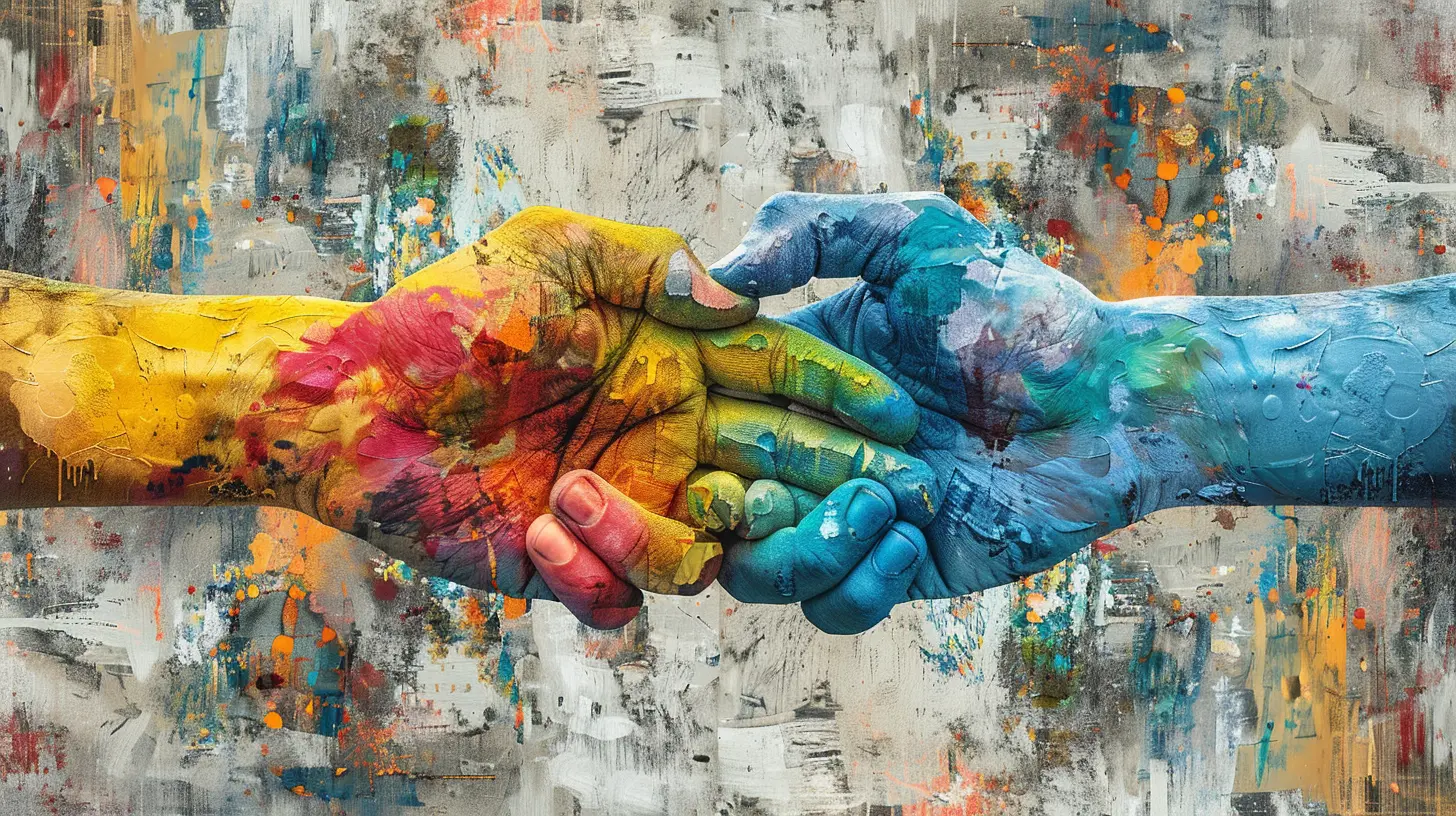
Ideas for Collaborative Projects That Actually Work
Ready for some inspiration? Here are a few collaborative project ideas across different subjects that can make students excited to learn:🎭 English Language Arts
- Book-to-Film Adaptation ProjectStudents read a novel and work together to turn it into a screenplay, storyboard, or even act it out.
- Podcast Production
Teams research topics and create a series of insightful episodes on themes from literature or current events.
🔬 Science
- STEM ChallengesBuild a working volcano, create a bridge with only toothpicks and glue, or purify water using basic materials.
- Eco-Audit
Students analyze their school’s energy use and propose smarter, greener solutions.
🌍 Social Studies
- History ReimaginedStudents create alternative historical outcomes—“What if the moon landing never happened?”—and present their versions.
- Model United Nations
Each group represents a country and debates global issues. It’s like real-world diplomacy... without the jet lag.
💼 Business and Economics
- Shark Tank ProjectStudents develop a product, pitch to a panel (aka teachers or parents), and "investors" vote on the best ones.
- Market Research
Teams work on surveying peers about a product idea, analyzing data, and creating a business strategy.
🎨 Arts and Design
- Virtual Art GalleryEach student contributes a piece on a shared theme. Together, they design and curate a digital or physical exhibit.
- Music Mash-Up
Teams create a remix of traditional and modern songs, exploring rhythm, cultural influence, and emotion.
How Technology Supercharges Collaboration
We're living in the golden age of educational technology. And when you pair collaborative projects with digital tools? Chef’s kiss.Here’s how tech makes things even smoother:
- Communication: Platforms like Slack, Google Meet, and Zoom help students connect regardless of location.
- File Sharing: Google Drive, Dropbox, and Padlet offer seamless sharing and editing of documents, presentations, and more.
- Project Management: Trello and Asana help keep tasks organized and track progress easily.
And guess what? Most students already use these platforms in their daily lives. You’re meeting them where they are.
Overcoming Common Challenges in Group Work
Okay, collaborative projects aren’t always unicorns and rainbows. Issues can—and do—come up. But with a solid game plan, most problems can be avoided or solved.1. Uneven Contribution
Solution: Assign specific roles and responsibilities. Use peer evaluations to hold everyone accountable.2. Personality Clashes
Solution: Set ground rules for respectful communication. Have check-ins to address tension early.3. Confusion About Tasks
Solution: Provide clear instructions, timelines, and rubrics. Keep communication lines open to clarify doubts.4. Assessment Worries
Solution: Evaluate both the final product and the process. Include individual and group grades to ensure fairness.Final Thoughts: A Culture Shift Worth Making
Let’s wrap this up by keeping it real.Yes, collaborative projects take more planning. Yes, there's potential for messiness. But the payoff? Oh, it’s worth every minute.
When students learn to work together, they don’t just absorb information—they own it. They don’t just memorize facts—they apply them. And they don’t just see school as a place to pass time—they see it as a place to make real things happen.
If we’re serious about preparing students for a future that demands creativity, adaptability, and collaboration, then it’s time to rethink how we teach. Collaborative projects are a powerful step in that direction.
So next time you're thinking about shaking up your lesson plans, give teamwork a try. Who knows? You might just ignite a spark that lights up the classroom.
all images in this post were generated using AI tools
Category:
CollaborationAuthor:

Bethany Hudson
Discussion
rate this article
1 comments
Lark Hamilton
Collaboration transforms education, fostering connection and critical thinking that deepens understanding and engagement.
October 10, 2025 at 3:25 AM

Bethany Hudson
Thank you! I completely agree—collaboration not only enhances engagement but also empowers students to think critically and connect deeply with their learning.


